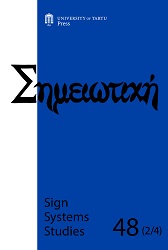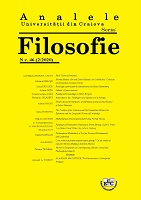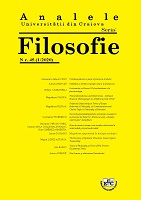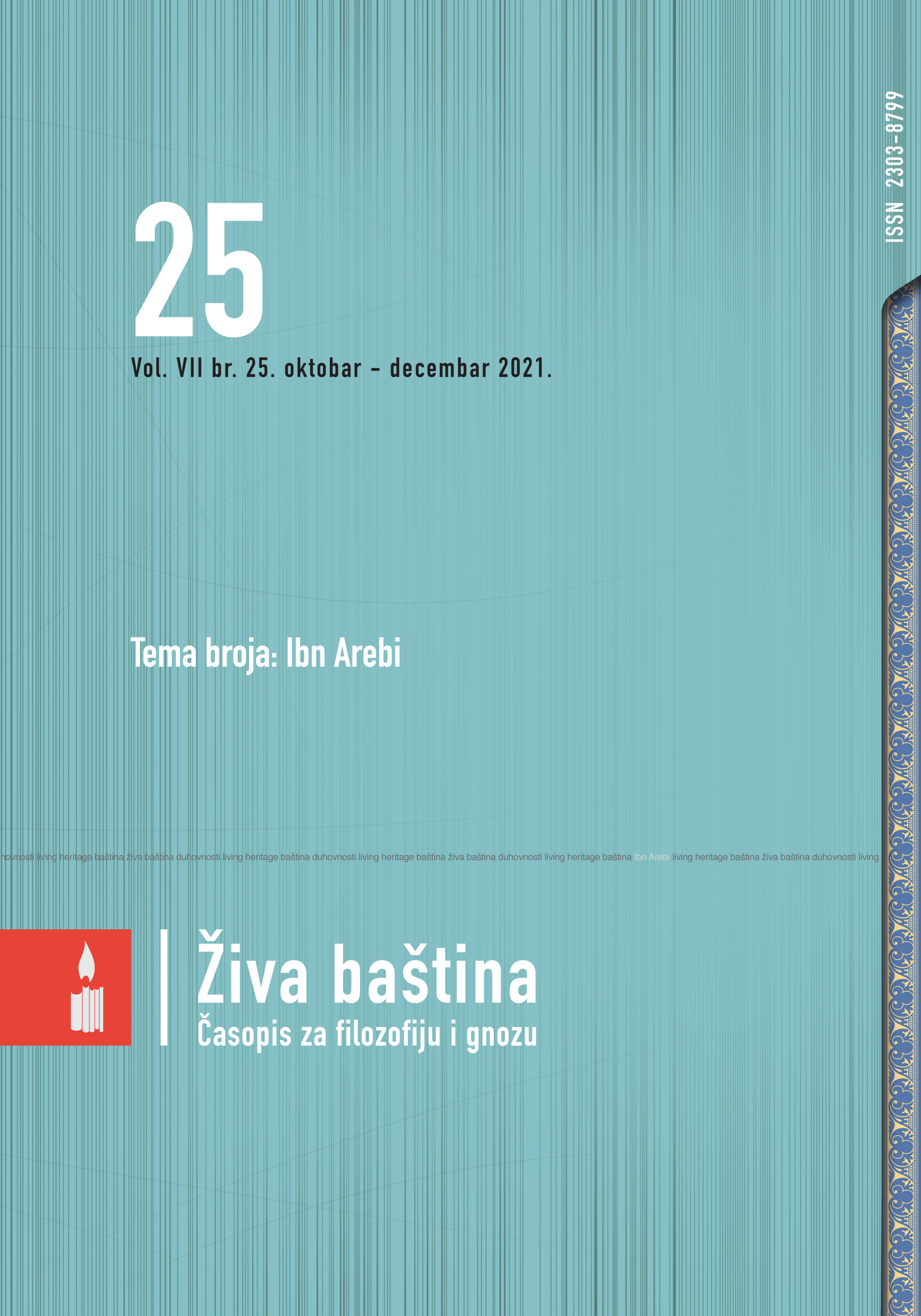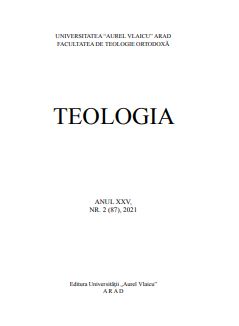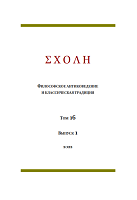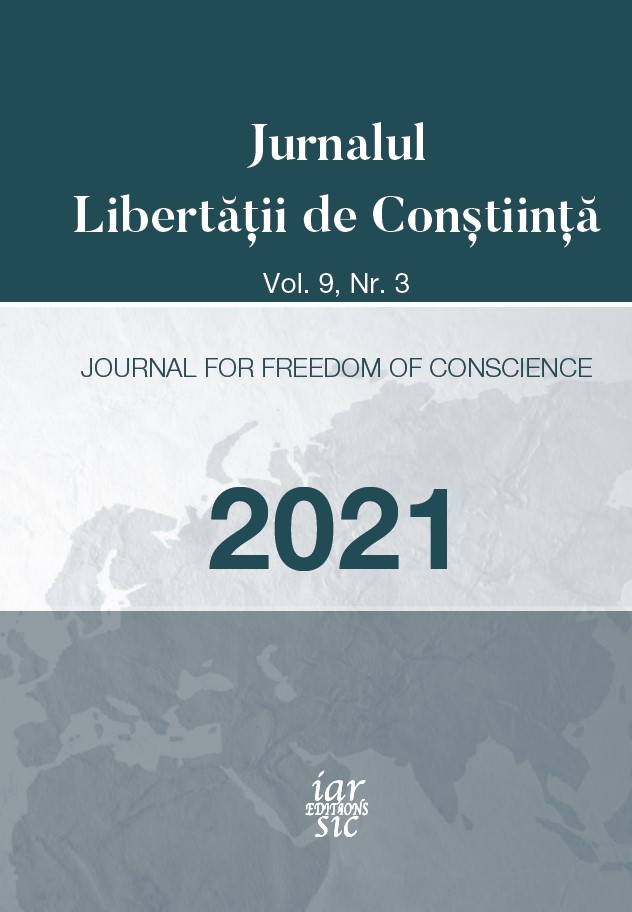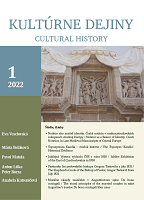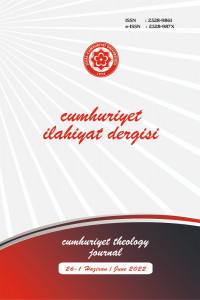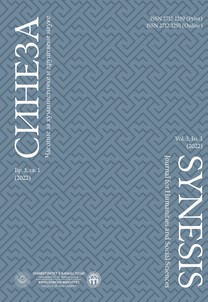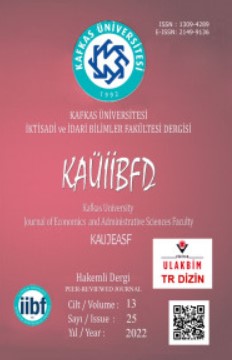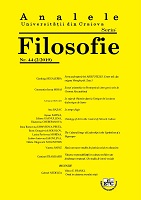Author(s): Ömer Ali Yıldırım / Language(s): Turkish
Issue: 1/2022
The expression ‘sophist’ as a concept refers to some philosophers who lived in the classical period of Greek philosophy. Due to their way of thinking that denying objective reality, correct knowledge, two-valued thinking that the existence of the universal and the essence, the Sophists from their earliest days were active in determining the philosophical agenda, on the one hand, and on the other hand, they put forward views that many prominent philosophers had to settle accounts. Ancient Greek philosophers such as Socrates, Plato and Aristotle had to examine and respond to the views of sophists, and within Islamic thought, both theologians such as al-Māturīdī, Abū al-Ḥasan al-Ashʿarī, al-Pazdawī and philosophers had to take up the objections of the sophists. Ibn Sīnā also assessed the views of the Sophists in both al-Kitāb al-Mug̲h̲ālaṭa and al-Shifā: al-Ilāhiyāt (Metaphysics). He devoted chapter eight of the first article of this book to examining the objections of the sophists. As Aristotle did, Ibn Sīnā had to settle accounts with the sophists, who rejected both the existent and the knowledge of the existent, at the beginning of the Metaphysics, before assessing the basic subjects of metaphysics. As a matter of fact, their claim denied reality on the one hand and comprehending of it on the other. The claim of the Sophists denies that things have an essence in themselves as regardless of the mind and reduces the existence to everyone’s unique sense perception. This means the denial of realty, correct and any philosophical and scientific system that claims to be truth. Metaphysics, in the sense that Ibn Sīnā formed, was a science that examined the being qua being, and above all, it accepted the existent as a reality independent of the mind. Again, it was accepted that this knowledge led to the most real knowledge. Since the claims of the Sophists concerned the most general, the place of study of these claims was the science that studied the most general; that is, it was Metaphysics. Sophists are not a group that comes together around a thought, but philosophers with different attitudes and views. Due to these different attitudes of them, Ibn Sīnā does not turn to him by considering a single view or way of thinking in his contention with them but develops different answers by taking different attitudes into account. He develops different methods of argue and responses against those he describes as sophist, confused and stubborn. The starting point in Ibn Sīnā's argue with the sophist is based on accepting the objective existence of the extra-mind. This is a move to save the existent from being a product of the mind. This means that man is not the measure of all things. Ibn Sīnā starts out by explaining what truth (ḥaq) and veracity (ṣidq) are. The aim here is to reveal the impossibility of the excluded middle for a correct thinking and practice. As a matter of fact, Sophists do not accept the law of excluded middle. One of the most effective ways to justify this is move from the concepts of "right" and "wrong". If the qualifications of "true" and "false" have any meaning, it depends on the presence of external objective existence in outside. The acceptance of objective existence and its knowledge makes the excluded middle in existence impossible. The rejection of the right and wrong qualifications will make the third state impossible. The starting point in Ibn Sīnā's critique of the Sophist is also based on the harmony and continuity between the out of mind and the mind. According to Ibn Sīnā, the first of the words that all kinds of mental knowledge and judgment are based on, which is taken as the basis for the explanation of everything, and which therefore sometimes takes place in the explanation of everything -sometimes potentially and sometimes actually- is the proposition that there is no means between affirmation and negation. This proposition is the most basic principle of the reason and logic in another sense. At the point of strictures of the sophist, Ibn Sīnā uses the dialectics method in Metaphysics 1/8. The reason why the demonstration (burhān) is not used here is that the purpose of demonstration is not to silence the other. Also, here the objector directly objects to the principle of demonstration. However, one of the places where dialectics is used is in answering objections to a priori type of propositions and silencing the objector. When dealing with confused people is, it is necessary to (1) try to remove the doubt that occurs in these people, and (2) give them a full warning (tanbīh) that it is not possible for two opposites to come together. At this point, Ibn Sīnā also uses the possibilities of linguistic philosophy. The starting point of the arguing against stubbornness is the determination that there is an inconsistency between the reasoning and practices of such people. Although these people theoretically oppose the basic principles and reality, they do not live in a coherent line with these objections in their daily life, on the contrary, they approve these principles with their daily actions. What Ibn Sīnā proposed against these stubborn people is to reveal the inconsistency between their words and actions. Ibn Sīnā, by transferring the argument from the conceptual level to the actual reality, on the one hand, confronts the stubborn with the real on the outside; on the other hand, shows how the outside world imposes itself on the mind. This situation reveals the contradiction between the words and actions of the stubborn. When such people want to go somewhere, they are asked why they do not satisfied just imagine going there in their minds, but go there physically. Similarly, they are compelled to put their hands in the fire to show these people that the world they live in is not just the creation of their minds, but that this world has its own reality. If they want to be consistent, they will either have to put their hands in the fire so that they don’t feel pain or burn their hands as a result, or they will have to accept the external reality.
More...


